Air Plants That You Should Avoid Soaking
Xerographica
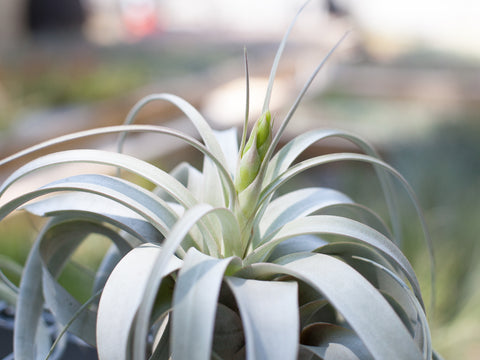
Xerographica air plants should be dunked or sprayed rather than soaked. These plants are considered xeric, and come from dry regions. These plants can withstand less water and more sun. We recommend dunking a xerographica in a bowl or bucket of water and then shaking it gently to allow the water to fall from its leaves. Let dry upside down to ensure water doesn't get trapped in its leaves.
Tectorum Ecuador
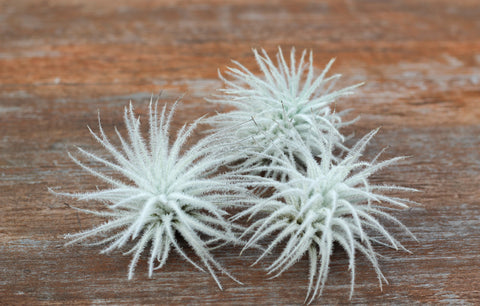
Characterized by abundantly fuzzy leaves, the Tillandsia tectorum is an air plant that you will not want to soak. The ample trichomes that the tectorum has on its leaves help it absorb moisture from the air. These plants are naturally found in arid regions of Ecuador and Peru, and have adapted to live without much moisture. We recommend misting these guys every other week or so depending on how hot and dry your climate is. These also prefer bright light and good air flow.
Bulbous Air Plants

Bulbous air plants are unique in that they have what are called "pseudobulbs." These onion shaped bulbs are actually hollow, and in the wild, ants colonies build their nests inside of them. Take care when watering these plants, especially when soaking them. Water can get trapped inside these pseudobulbs and cause the plant to rot from the inside out. To water, you can dunk them, and then shake out excess water, or hold under running water, avoiding their bases and then give them a shake. Plants in this group are the T. caput medusae, T. bulbosa, T. pruinosa, T. pseudobaileyi, T. butzii, and T. seleriana. The T. pruinosa, and T. seleriana both have ample trichomes which is another reason why they shouldn't be soaked. Soaking might cause them to rot due to too much water.
Fuchsii v Gracilis & Andreana
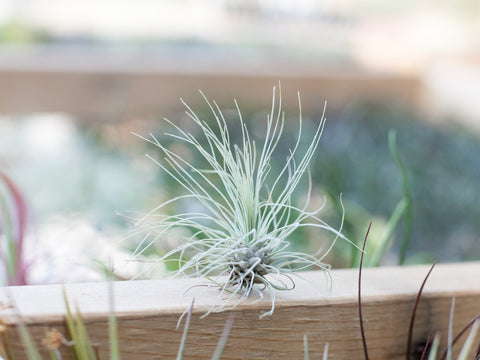
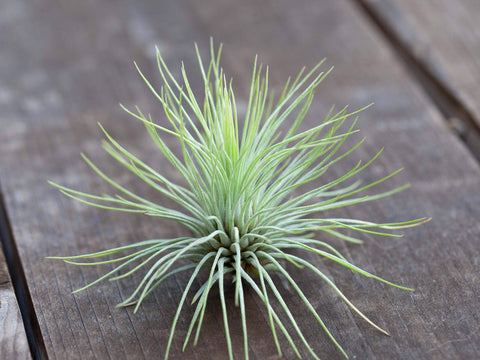
Air plants with wispy leaves, such as the T. fuchsii v gracilis and T. andreana, should not be soaked. These plants do better with quick dunks or misting. Due to their thin wispy leaves, these plants can dry out quicker in between waterings, so you might need to mist them as frequently as every couple of days to ensure that they are getting adequate water.
Magnusiana
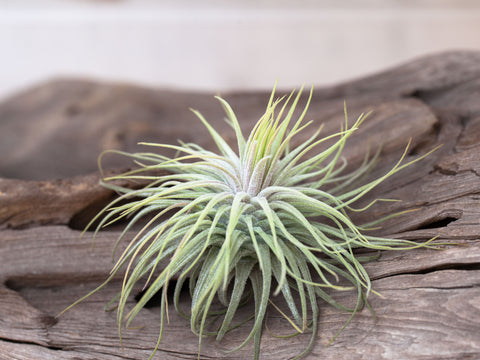
The Tillandsia magnusiana has ample trichomes and should be dunked or misted rather than soaked. These plants can be particularly susceptible to rot due to their shape and amount of trichomes.
Blooming Air Plants
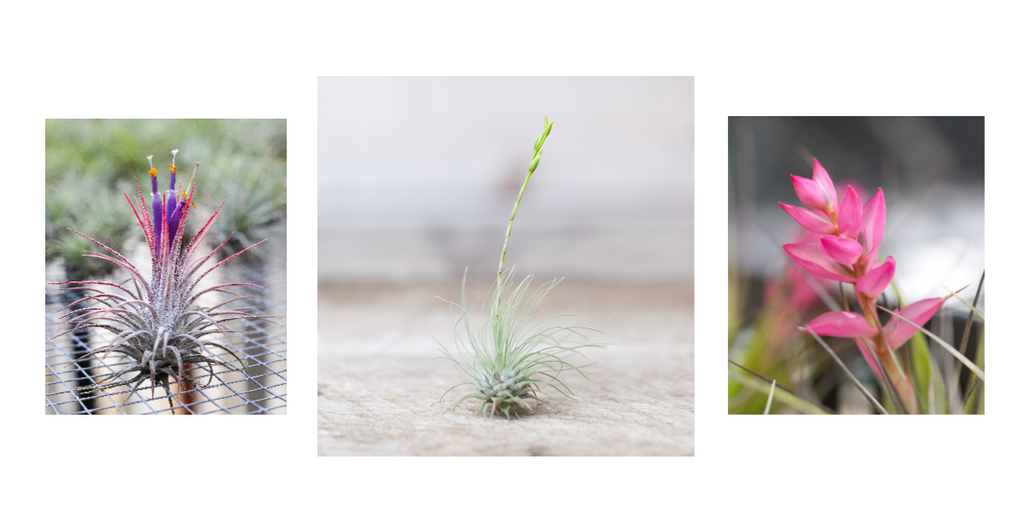
Take care when watering air plants that are in bloom to not get the flower itself wet. While it would be ok to soak the bottom leaves of the plant, we often recommend running water over the bottom leaves or dunking them so as to not get the flower wet. If the flower is wet for a prolonged period of time, it can cause rot, which in turn could cause rot to take over the leaves and kill the plant.
Remember, it is better to underwater slightly rather than overwater your air plants. Also, keep in mind that for most air plants, misting is not an adequate amount of water to keep your air plants alive and thriving.
Learn more about watering air plants on our page, How to Water and Air Plant and our blog post, Tips for Watering Your Air Plants
If you ever have any questions about watering and caring for your plants, don't hesitate to reach out. Email us at info@airplantdesignstudio.com


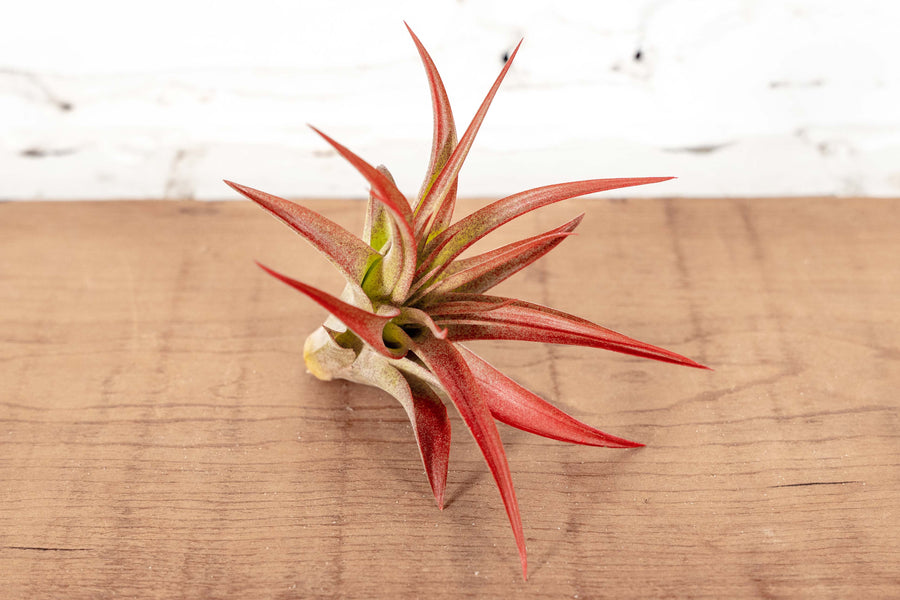
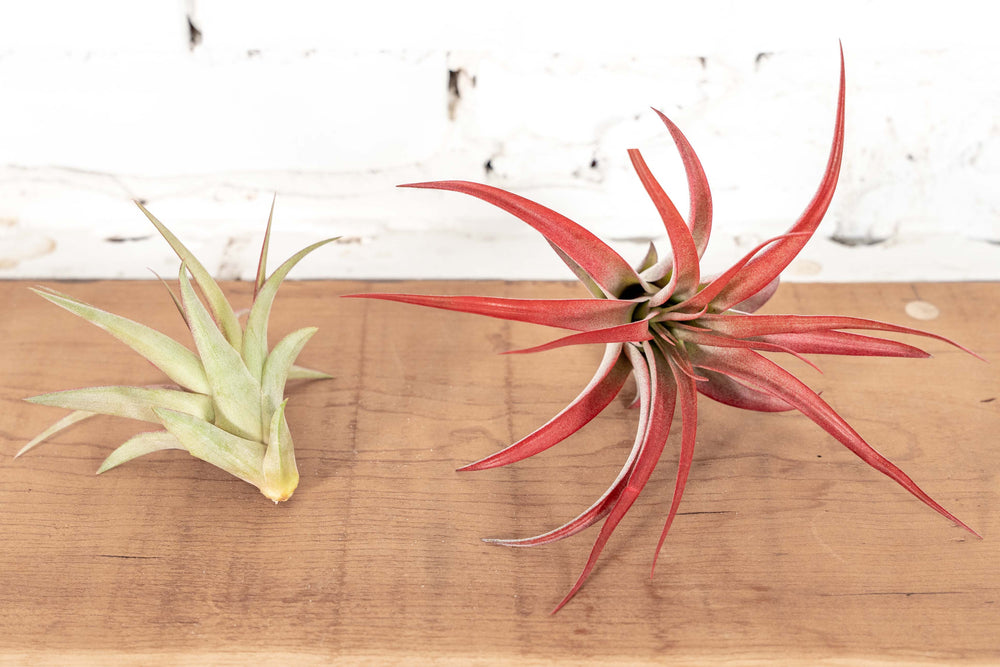
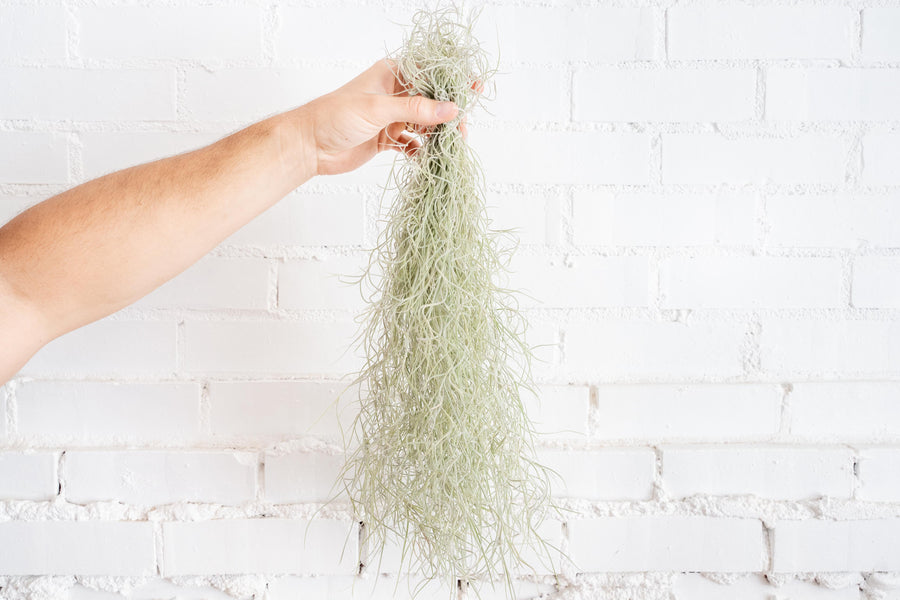
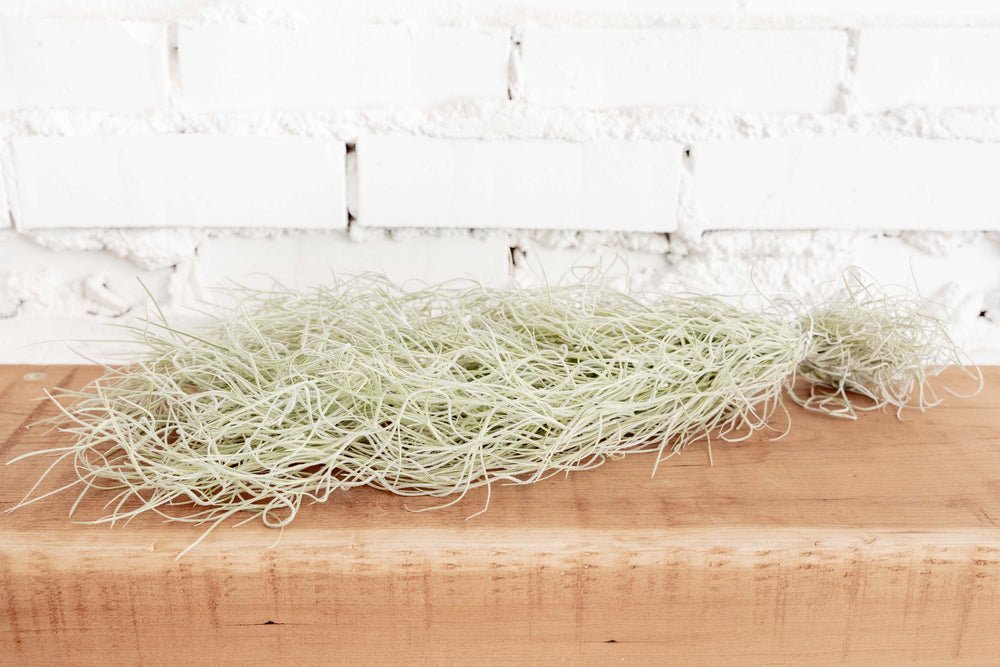
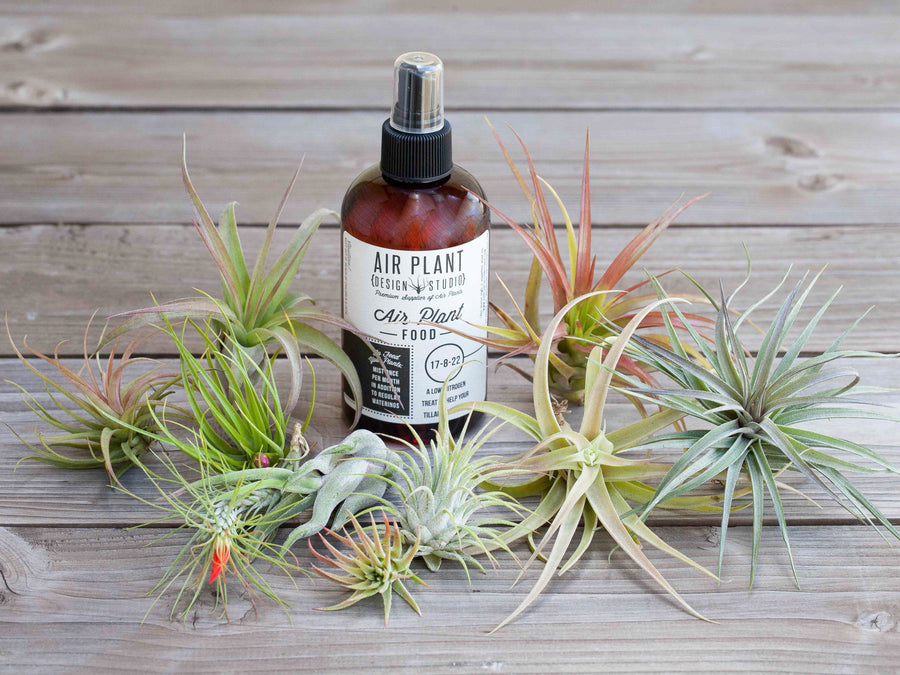
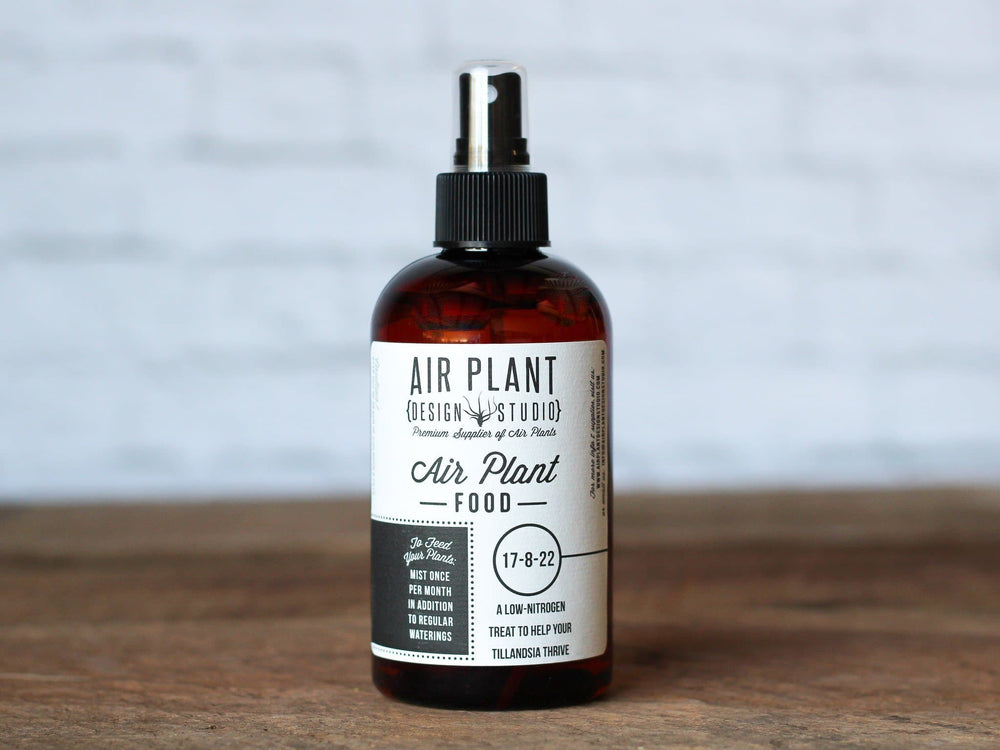
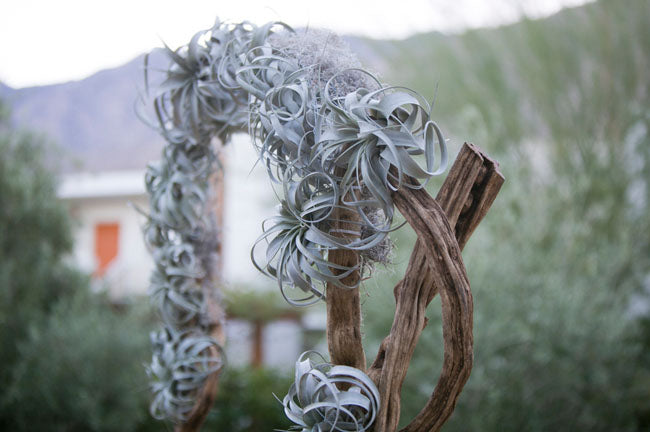
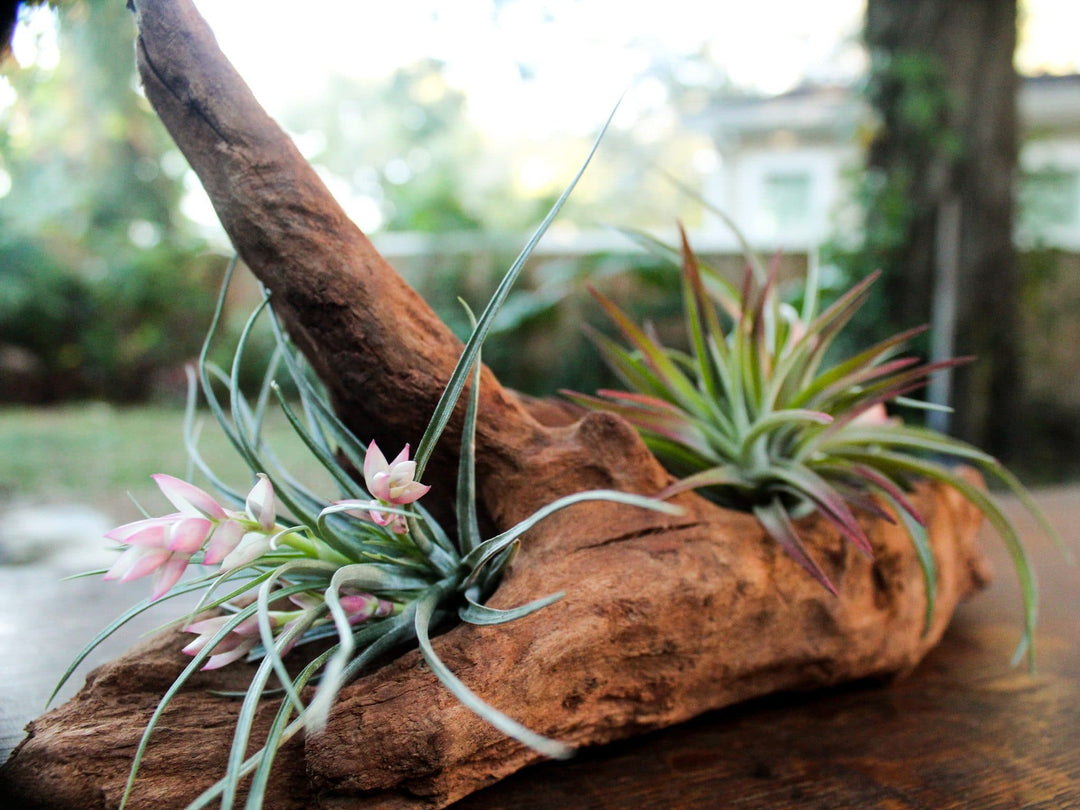
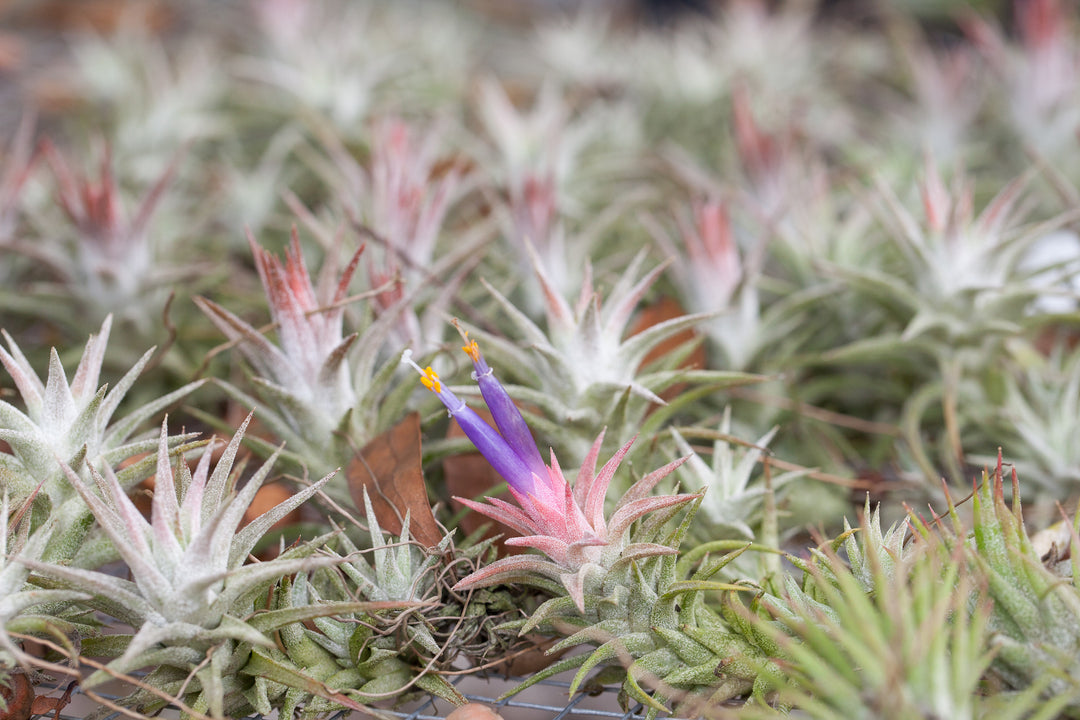
Great article! I was hoping it would also cover the watering preferences for Spanish Moss/T. Usneoides. Considering the abundance of trichomes (but also its wispy nature), I’m never quite sure if misting is ample enough or if a soak is too excessive.
Thank you for this information. I was soaking to many of the ones you said not to. I will be saying this post and remembering it.
Although I have over 30 air plants, I’m still learning about them and this was very helpful. Thank you!
Thank you for the much needed info.
I just started my air plant collection. I have a xerographica and 3 Tillandsias. Thank goodness I found your site. I would have soaked my xerografica and probably killed it. You are the Bible for me to go to concerning the care for these plants. I can’t wait to expand my collection. Ken
Leave a comment